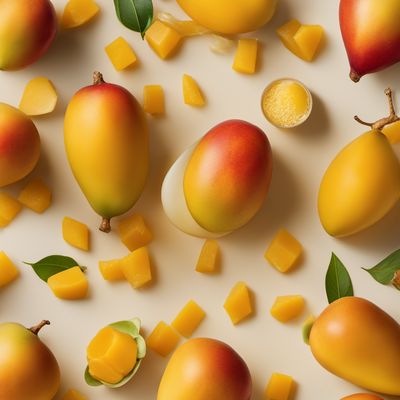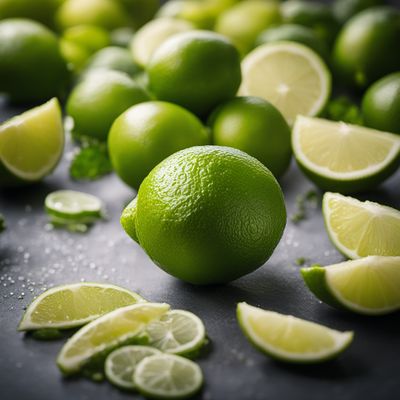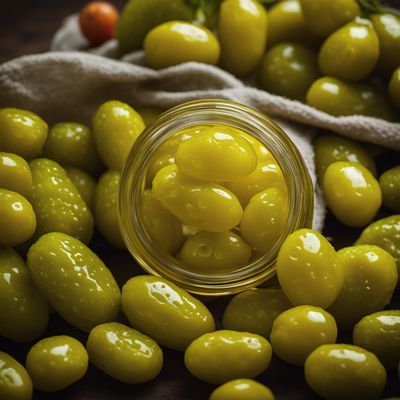
Ingredient
Pickles
Tangy Delights: Exploring the World of Pickles
Pickles are cucumbers that have been preserved in a brine or vinegar solution, resulting in a tangy and crunchy treat. They come in various shapes and sizes, ranging from small gherkins to larger dill pickles. The brine or vinegar infusion gives them a distinct sour taste, while the cucumber retains its crisp texture. The vibrant green color of pickles adds visual appeal to any dish, making them a popular choice for garnishing and enhancing flavors.
Origins and history
Pickles have a rich history dating back thousands of years. The process of pickling was developed as a means of preserving food before the advent of refrigeration. It is believed that pickling originated in ancient Mesopotamia, where cucumbers were first pickled in a mixture of water, salt, and spices. Over time, pickling techniques spread to different parts of the world, including Asia, Europe, and the Americas. Today, pickles are enjoyed globally and have become an integral part of many culinary traditions.
Nutritional information
Pickles are low in calories and fat, making them a healthy addition to meals. They are a good source of vitamin K, which is essential for blood clotting and bone health. Additionally, pickles provide small amounts of vitamin C and minerals like calcium and iron.
Allergens
Pickles may contain allergens such as mustard seeds or celery, depending on the specific recipe or brand. Individuals with mustard or celery allergies should check the ingredient list before consuming pickles.
How to select
When selecting pickles, look for firm cucumbers with a vibrant green color. Avoid pickles that appear soft or have a dull color, as they may be less fresh. Additionally, check the label for any added preservatives or artificial ingredients, and opt for pickles made with natural ingredients.
Storage recommendations
Store pickles in a cool, dry place away from direct sunlight. Once opened, keep them refrigerated to maintain their freshness and crispness. It is best to consume opened pickles within a few weeks for optimal flavor.
How to produce
Amateur gardeners can grow their own cucumbers to make pickles. Cucumber plants thrive in warm climates and require well-drained soil and plenty of sunlight. Harvest the cucumbers when they are firm and about 3-6 inches long. Follow a pickling recipe to prepare the brine or vinegar solution and immerse the cucumbers in it for the desired duration to achieve homemade pickles.
Preparation tips
Pickles can be enjoyed straight from the jar as a tangy snack or used in various dishes. They are commonly used as a condiment in sandwiches, burgers, and hot dogs, adding a burst of flavor. Pickles can also be chopped and added to salads, providing a refreshing crunch. For a unique twist, try deep-frying pickles for a crispy and flavorful appetizer. Experiment with different pickle varieties, such as bread and butter pickles or spicy dill pickles, to discover your favorite flavor combinations.
Culinary uses
Pickles are widely used in sandwiches, burgers, and salads to add a tangy and crunchy element. They are also commonly used as a garnish for dishes like tacos and nachos. Additionally, pickles can be chopped and added to relishes, chutneys, or tartar sauce to enhance their flavor.
Availability
Pickles are commonly available in grocery stores and supermarkets worldwide. They are also produced and enjoyed in various countries, including the United States, India, Germany, and Japan.
More ingredients from this category
Recipes using Pickles » Browse all

Gerber Sandwich
Savory Delight: The Ultimate Gerber Sandwich
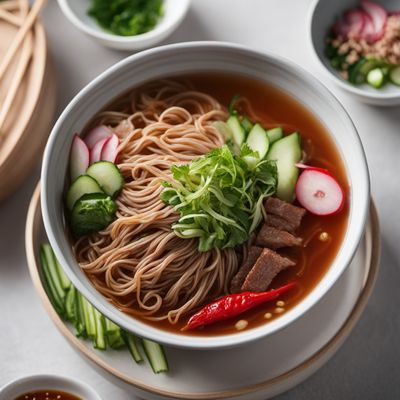
Refreshing Cold Buckwheat Noodles with Spicy Sauce
Chilled Noodles with a Fiery Kick: A Korean Delight
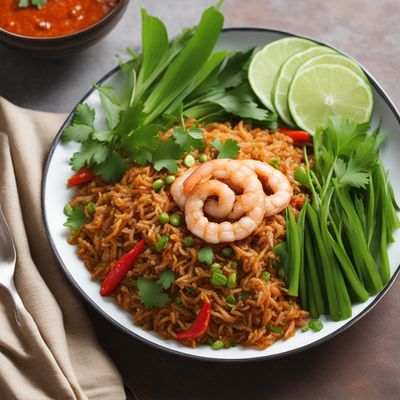
Nasi Goreng Kampung
Flavors of the Indonesian Countryside: Nasi Goreng Kampung

Belizean Coconut Rice and Beans with Spiced Chicken
Tropical Delight: Coconut Rice and Beans with Spiced Chicken
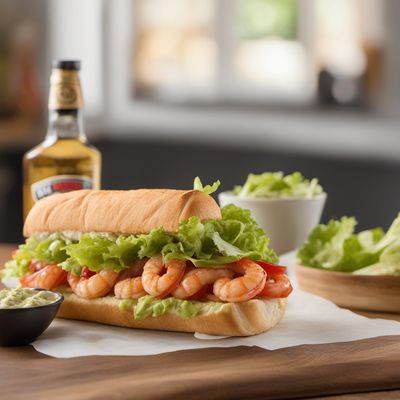
Classic Shrimp Po'Boy
Savor the Sea: Classic Shrimp Po'Boy Delight

Russian Cheese Canapés
Savory Cheese Delights: Russian Canapés with a Twist

Faroese-Style Lýður Burger
Oceanic Delight: Faroese-Style Lýður Burger

Estonian-style Chicken Stew with Pickles
Savory Estonian Chicken Stew: A Tangy Twist with Pickles

Ghanaian-inspired Trześniewski Brötchen
Savory Ghanaian Delight: Trześniewski Brötchen with a Twist

Israeli-style Falafel Burger
The Ultimate Middle Eastern Twist: Israeli-style Falafel Burger

Chili Cheese Burger
Spicy Delight: The Ultimate Chili Cheese Burger

Mexican-style Tortas Hamburguesas
Savory Mexican Burger Sandwiches
